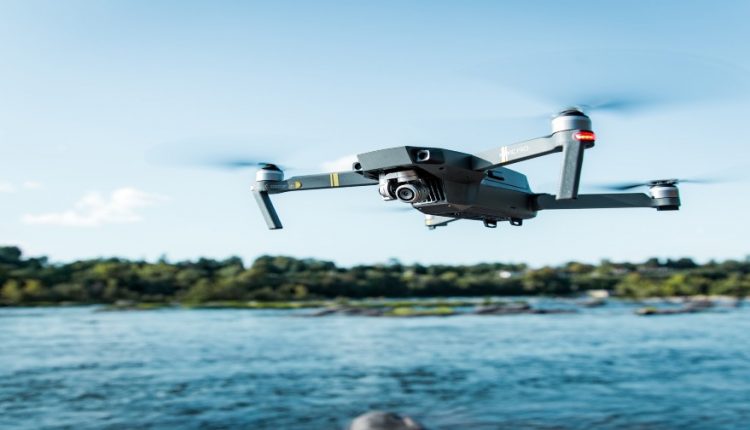Drones are wonderful things, with so many beneficial, cost-effective applications. But there are always those who want to take advantage of a good thing, and the malicious use of drones has halted flights, created sticky privacy issues, and resulted in hacking.
Now, researchers at Ben-Gurion University of the Negev (BGU) have determined how to pinpoint the location of a drone operator who may be operating maliciously or harmfully near airports or protected airspace by analyzing the flight path of the drone.
Drones (small commercial unmanned aerial systems) pose significant security risks due to their agility, accessibility and low cost. As a result, there is a growing need to develop methods for detection, localization and mitigation of malicious and other harmful aircraft operation.
The paper, which was led by senior lecturer and drone expert Dr. Gera Weiss from BGU’s Department of Computer Science, was presented at the Fourth International Symposium on Cyber Security, Cryptography and Machine Learning (CSCML 2020) on July 3rd.
“Currently, drone operators are located using RF techniques and require sensors around the flight area which can then be triangulated,” says lead researcher Eliyahu Mashhadi, a BGU computer science student. “This is challenging due to the amount of other WiFi, Bluetooth and IoT signals in the air that obstruct drone signals.”
The researchers trained a deep neural network to predict the location of drone operators, using only the path of the drones, which does not require additional sensors. “Our system can now identify patterns in the drone’s route when the drone is in motion, and use it to locate the drone operator,” Mashhadi says.
When tested in simulated drone paths, the model was able to predict the operator location with 78% accuracy. The next step in the project would be to repeat this experiment with data captured from real drones.
“Now that we know we can identify the drone operator location, it would be interesting to explore what additional data can be extracted from this information,” says Dr. Yossi Oren, a senior lecturer in BGU’s Department of Software and Information Systems Engineering and head of the Implementation Security and Side-Channel Attacks Lab, who also contributed to the research. “Possible insights would include the technical experience level and even precise identity of the drone operator.”
Source: American Associates, Ben-Gurion University of the Negev

